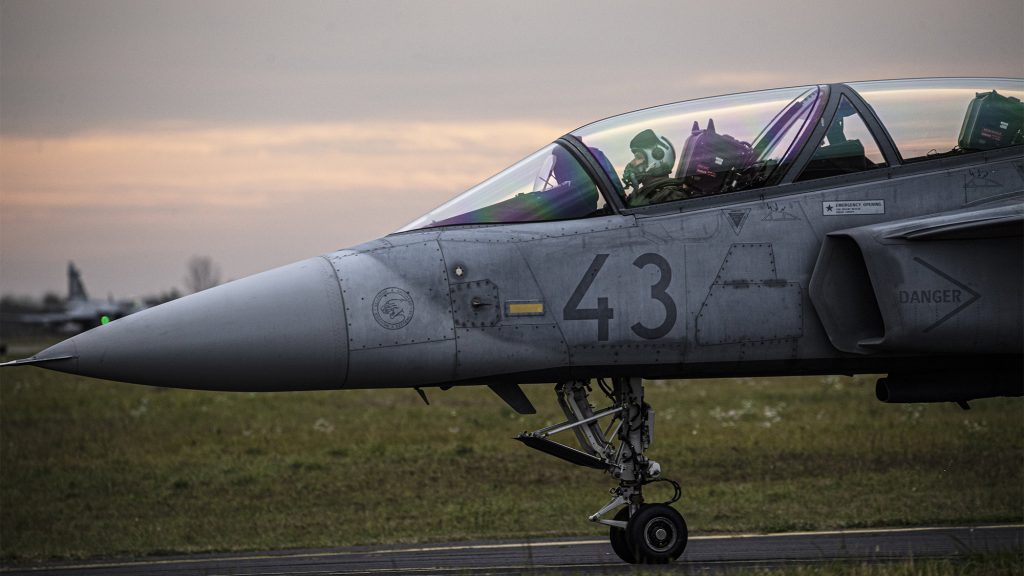The Hungarian parliament approved Sweden’s membership in NATO through its Monday voting session. Hungary was the last among the members of the North Atlantic defence alliance to approve the Scandinavian state’s accession. Earlier, for example in February last year, the Ministry of Foreign Affairs had emphasised that Hungary would not be the last to sign the ratification. In the end, Hungary dragged the case out for more than a year and a half – Sweden, along with Finland, had announced in the spring of 2022 that they would join NATO. While Finland’s accession was approved by both the Turkish and Hungarian parliaments last year, their Western neighbour was kept waiting by Hungary until now.
All this is particularly strange considering that one of the key branches of the Hungarian military, the air force, is fundamentally based on Sweden’s Gripen fighter jets – Saab’s JAS-39 model. JAS is an abbreviation referring to the three fundamental roles of the aircraft: Jakt (interceptor fighter), Attack (bombing and air-to-surface missile attacks), and Spaning (reconnaissance).
Previously, the internal division within Fidesz’s parliamentary faction was cited as the reason for delaying Sweden’s NATO accession on the government side. In reality, there was only one person in the group of representatives known to openly oppose the Scandinavian country’s NATO membership. And in fact, this representative
until Tamás Sulyok, resigning former president Katalin Novák’s successor, takes office.
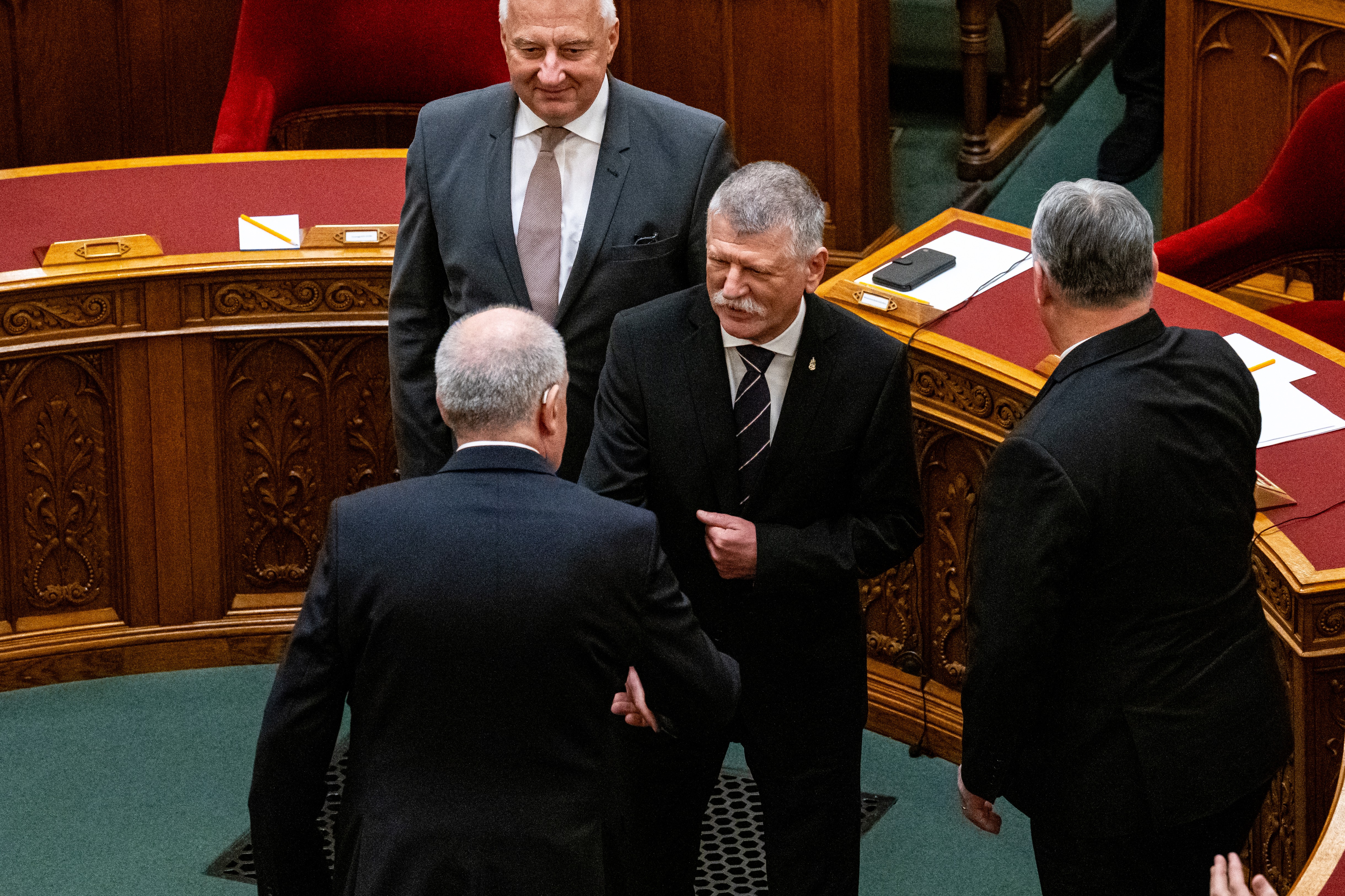
Therefore, in the end, it was only the six representatives of far-right Mi Hazánk who did not vote for the Swedish NATO accession, as the vote regarding Novák’s resignation had taken place just minutes before the approval of Sweden’s NATO membership.
Before the ratification, Prime Minister Viktor Orbán met personally with his Swedish counterpart Ulf Kristersson. During the meeting last Friday, the prime ministers announced that four more Gripen fighter jets would arrive to bolster Hungary’s military. Interestingly, the Turkish parliament – also significantly prolonging the decision – finally accepted Sweden’s accession on January 24th, just after reaching a similar agreement with the United States to purchase forty F-16 combat jets.
Immediately before his meeting with Kristersson, Orbán stated in his regular radio interview that the value conflicts with Sweden are manageable as the two countries aren’t about to “get married”.
In the end, the Friday meeting saw the two nations’ defence ministers sign two agreements: one concerning the lease of JAS-39 Gripens, and one regarding the provision of logistical support for the aircraft.
Orbán mentioned that during the first Fidesz government, between 1998 and 2002, the question whether Hungary should develop an independent air force at all was subject to debate, as this is „an extremely expensive endeavour.” In the end a decision was reached that Hungary should have its own air force, one based on technological cooperation with Sweden. This is how Hungary had adopted the Gripen-system. „We have been on that same path ever since” – Orbán said, adding that the cooperation had reached an important phase as the original contracts regarding the aircraft are about to expire.
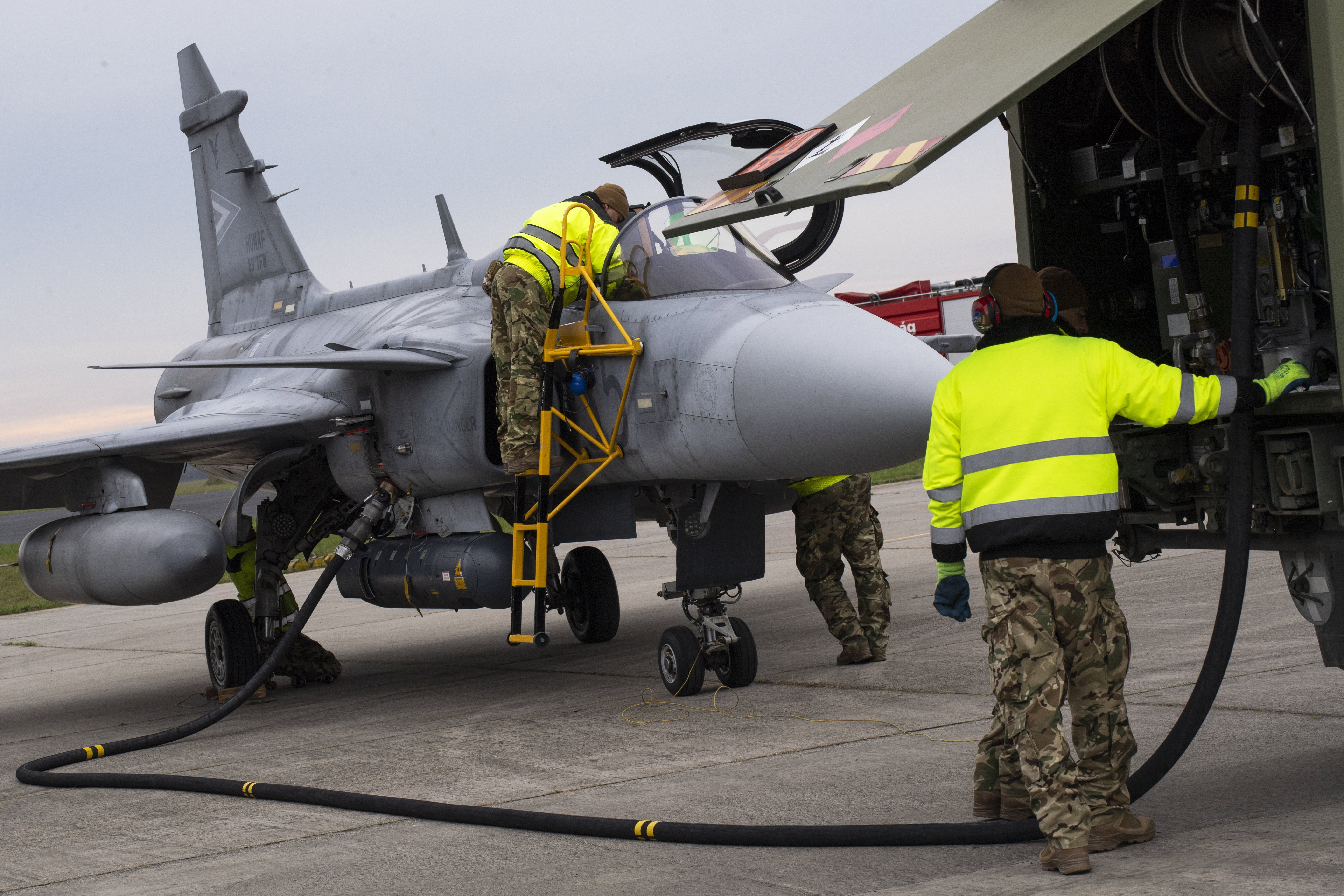
Orbán emphasised that at the time, Hungary was too poor to afford as many Gripens as needed. „So, the time has come to extend both the duration and scope of our previous contract. Today, an agreement has been reached to expand the Hungarian Air Force’s Gripen multirole combat jet fleet with an additional four aircraft, significantly enhancing our military capabilities and further strengthening our ability to participate in missions abroad” – the Prime Minister stated. He noted that this plays a distinguished role in the changing security policy environment.
Indeed, when developing the Swedish Air Force, Saab made sure to create a relatively small but flexible aircraft. Gripen jets do not necessarily require well-developed airport infrastructure; they can take off from motorways or other, relatively narrow roads, and do not need long runways. The aircraft’s engine can be replaced within an hour, and it can also be refuelled relatively quickly. The Swedes developed all this in preparation for a potential Soviet assault.
Orbán couldn’t answer when the new aircraft would join the fleet. Since then, Minister of Defence Kristóf Szalay-Bobrovniczky has stated that the aircraft are expected to arrive in Hungary in 2025-2026. According to experts, this date is later than what the parties had originally planned. What this implies is that
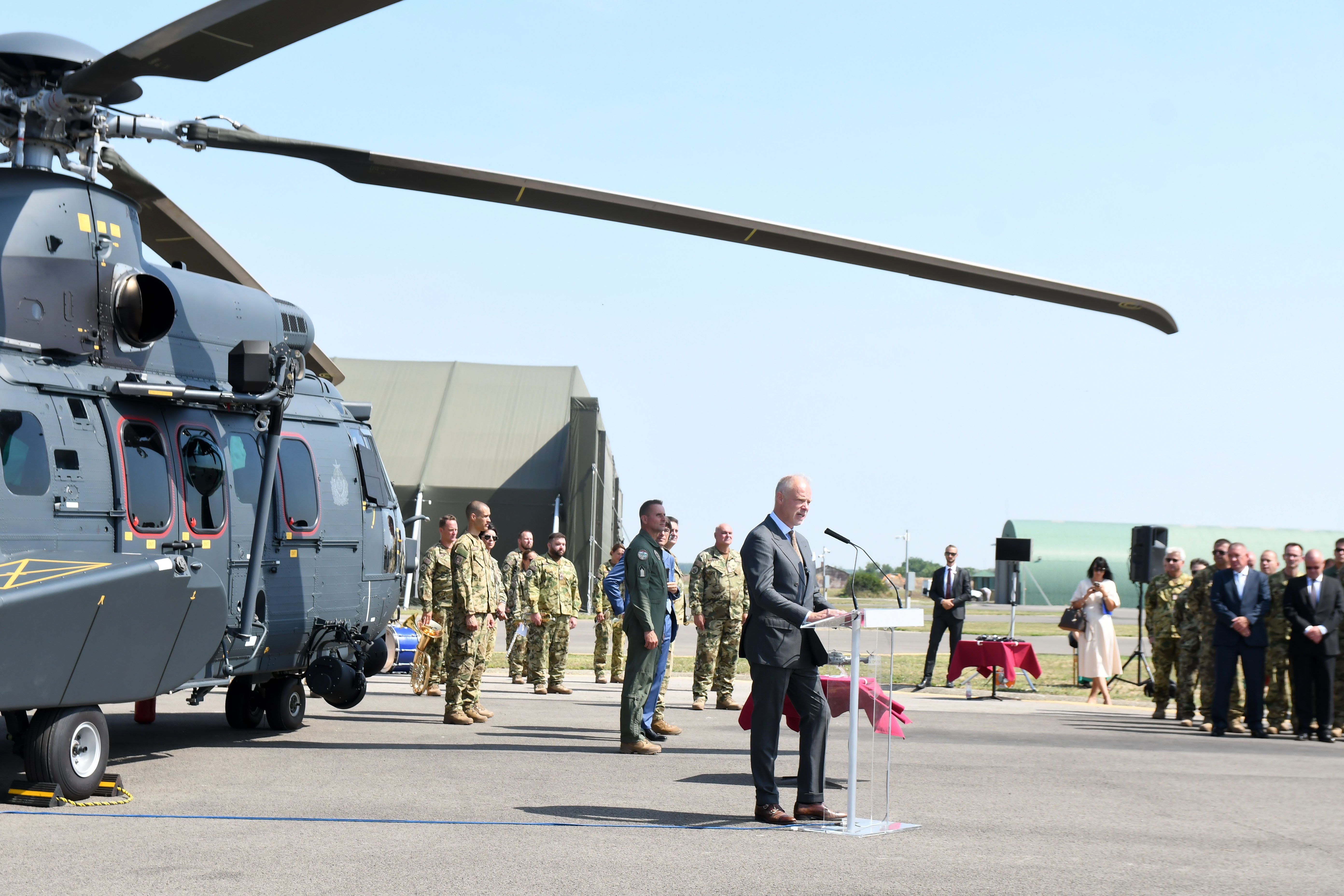
Following the agreement between the two countries, Saab, the company behind the Gripen jets, issued a statement revealing that the deal was the continuation of a previous series of negotiations. Moreover, according to the press release, even more substantial orders are to be expected during the 2030’s.
As per Saab’s recent announcement, the company has signed a contract with the Swedish Defence Materiel Administration (FMV) regarding the four additional Gripen C combat aircraft for Hungary. This procurement is a continuation of the contract signed between FMV and the Hungarian government in December 2001 for the previous fourteen Gripen C/D fighter aircraft to be delivered to the Hungarian Air Force. The contract modification for the additional four jets was signed by the Ministry of Defence and FMV on February 23, 2024. With these changes to the contract, Hungary will now operate a total of 18 Gripen C/D aircraft to safeguard Hungarian and NATO airspace.
The Swedish firm’s press release emphasises that Saab has contracted with FMV for the support of Hungary’s Gripen aircraft and is ready to provide further development and support for the Hungarian combat jets after 2035 as well. Saab and the Hungarian Ministry of Defence have signed a cooperation agreement on the development of high-tech industrial areas and fighter aircraft capabilities. The cooperation includes support for the establishment of a new NATO Centre of Excellence specialising in VR technologies.
The procurement and the affectatious tone of the Friday press conference, as well as Monday’s parliamentary vote, are particularly interesting in light of Viktor Orbán’s statements from last September regarding Sweden’s NATO accession. In the fall of 2023, Hungary’s Prime Minister stated: there is nothing urging the Hungarian government to support the ratification process; and furthermore, nothing is threatening Sweden’s national security. Regarding the use of Swedish Gripens in the Hungarian military, he replied that
there are at least ten other offers on the table, this is not a factor in political decisions.
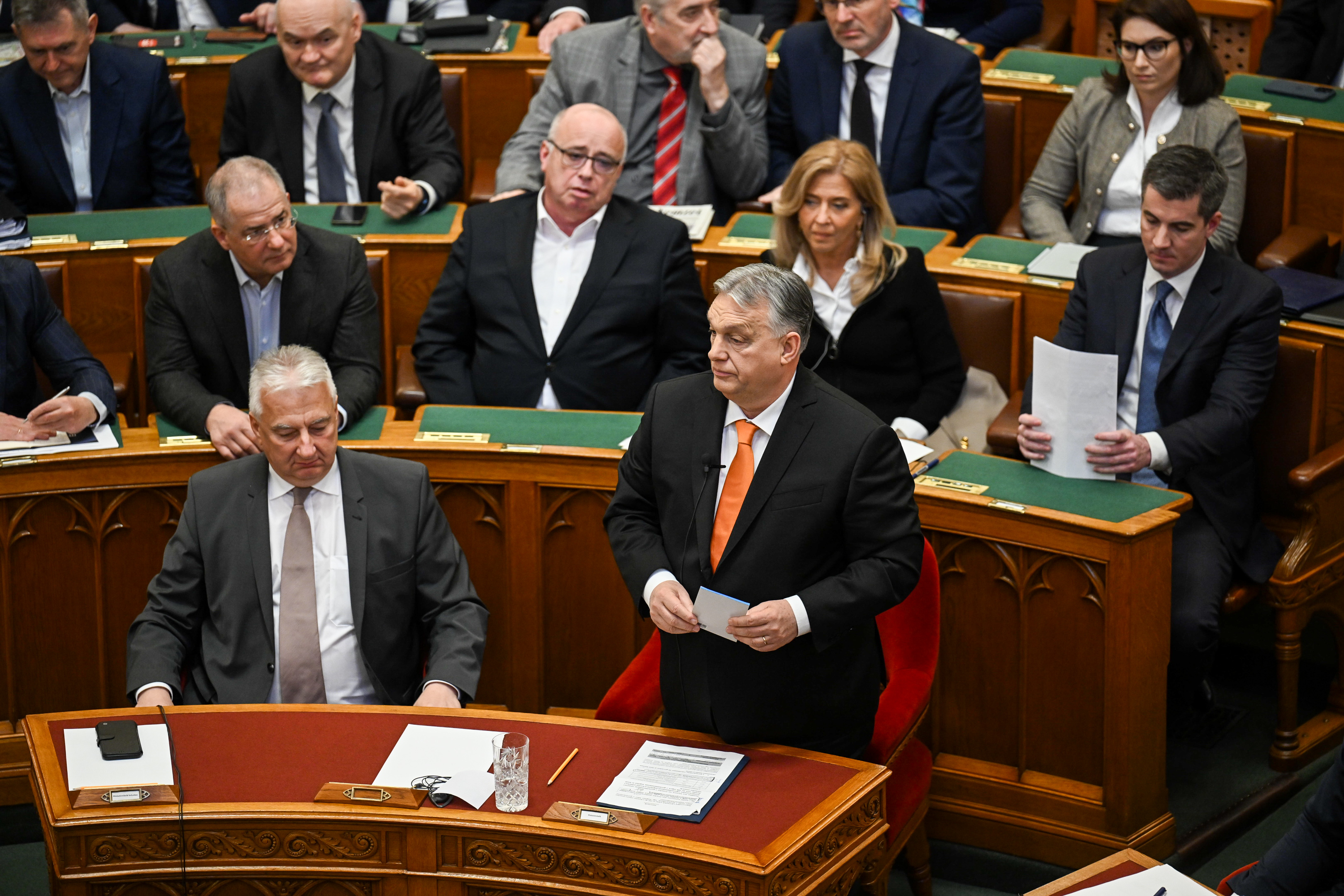
Bearing all this is mind, we asked Tamás Csiki Varga, chief expert of the John Lukacs Institute at the National University of Public Service, about the arrival of the Gripens. In his reply he explained that the procurement of Gripen jets has indeed always taken place a competitive situation. During the first Orbán-government in the early 2000’s, the Swedish aircraft’s main rivals were the American F-16s. It is important to note that most NATO countries base their air capabilities on the F-16 and similar aircraft (the F-18 and the even more developed F-35). For example, Finland is one of the most significant buyers of the cutting edge F-35s. (Turkey, for example, is nowhere near accessing such technology; Ankara can be grateful to receive modernised F-16s from the US in exchange for the approval of Sweden’s accession.)
Csiki Varga explained that the Hungarian state’s financial situation in the early 2000’s indeed did not allow for the purchase of more Gripen aircraft. To begin with, Hungary’s jets were not purchased, but leased. In essence, Hungary has been renting the multirole fighters; the original leasing contract expired in 2016. At that time, the decision was made to continue, and now, as the end of another ten-year period approaches, negotiations between Hungary and Sweden have once again picked up the pace.
As a result of the current agreements, the aircraft will now pass into Hungarian ownership from 2026 onwards, meaning that in essence, the purchase price of the jets will have been paid off over a period of twenty years. From then on, Hungary will pay Saab for maintenance and other services, such as system upgrades – the Swedish firm is constantly modernising and developing its products. Therefore, the jets will be fitted with newer weapons and radar systems, as well as modernised software, allowing them to „see further” and detect smaller targets (with their more advanced radars) as well as to track their targets faster and more accurately (with software updates).
According to Csiki Varga, the development of the Gripen aircraft continued in 2021 through the Zrínyi Defence and Military Development Program. The most important aspects were the development of the Ms20 software as well as the purchase of the Ms20 Block2 capability enhancement package, involving essentially the modernisation of radar and communication systems. The program’s framework also encompasses the improvement of targeting systems, while Hungary has also purchased new, German-developed Iris-T air-to-air missiles. These missiles are faster and better – said the security policy expert.
With these developments, the Gripens, originally classified as fourth-generation craft based on their equipment and capabilities, can now be considered to be part of a higher, “4.5” generation – he explained.
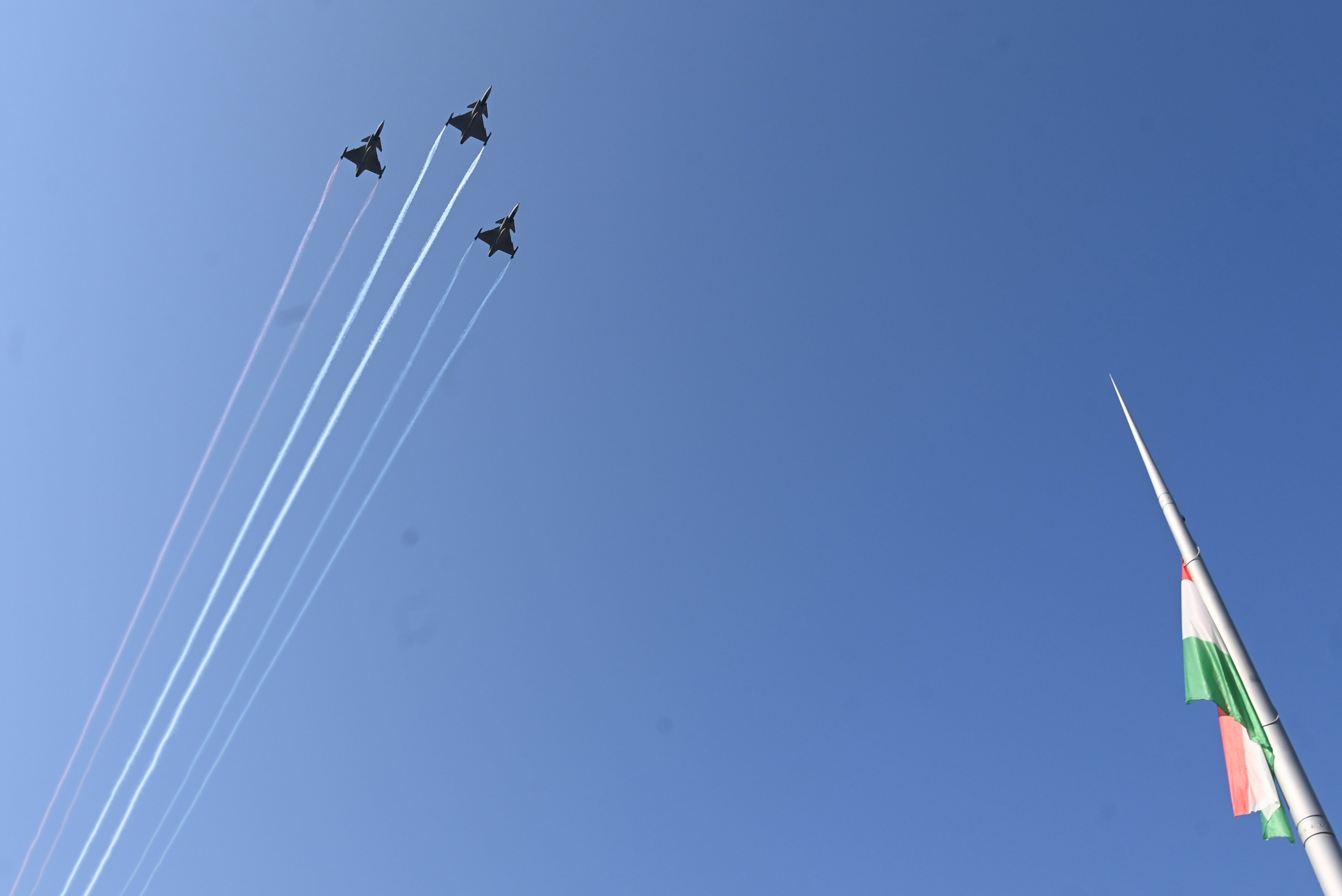
Csiki Varga mentioned that the four new Gripens in question may not necessarily be as much as what Hungary’s military development authorities had been aiming for as per official statements. In other words, the arrival of the four new jets may not necessarily result in the establishment of another Gripen squadron beyond the existing one. Typically, 9 to 14 aircraft constitute a squadron, so the four new JAS-39s will likely serve to complement the already existing one. Establishing another squadron would require additional aircraft, but with a potential second squadron, a military unit at the level of an air regiment may be formed. Other sources indicate that this is what Saab’s statement implies, according to which
The Minister of Defence also said that the four new aircraft are to supplement the existing fleet – to “make it more complete” – reinforcing the notion that the already existing unit will be expanded instead of establishing a whole new squadron.
Meanwhile, newspaper Magyar Nemzet reports that more Gripens could arrive by 2035. The pro-government newspaper cited lhsn.hu, which states that „after 2030, an additional 16 Gripen fighter aircraft will arrive,” and Saab will be ready to support the Hungarian Gripen fleet until and after 2035.
Therefore, the procurement of the four new Gripens arriving now (or in a year or two) is merely a step in a greater process. However, it is also certain that the extension and development of Hungary’s jet fleet could mean the end of a lengthy political conflict between the two countries.
